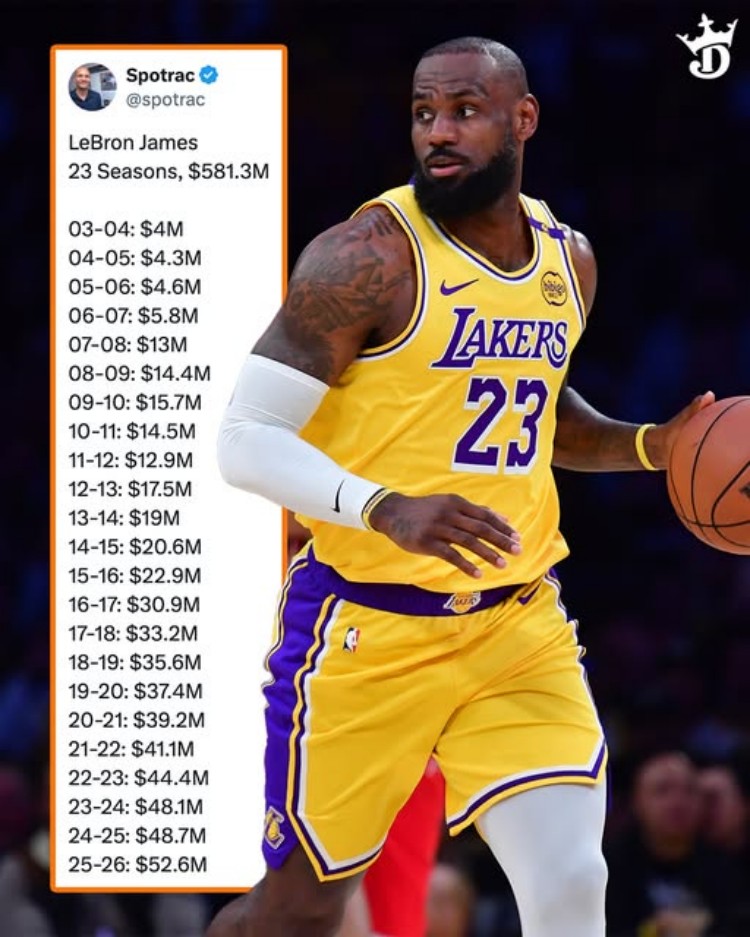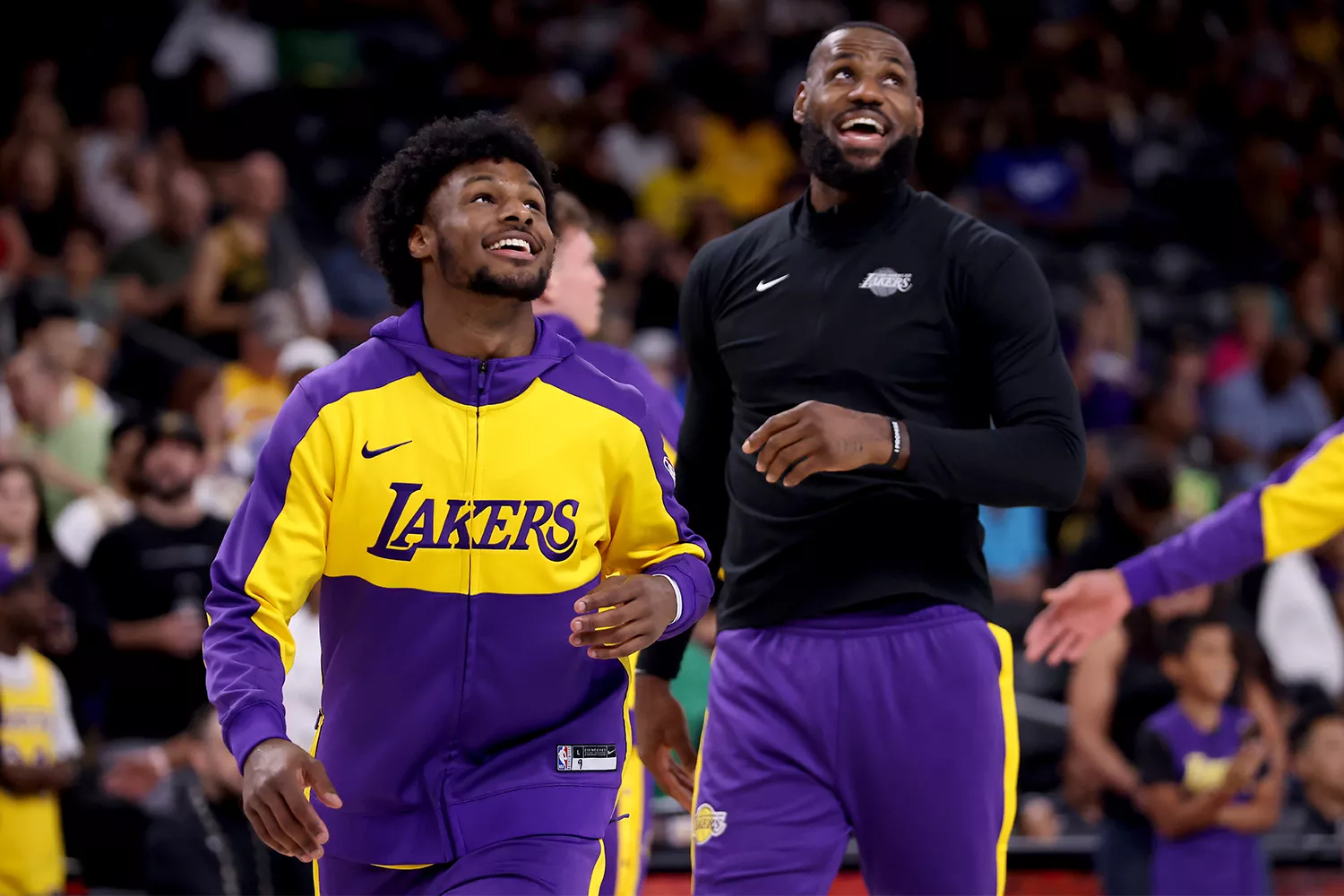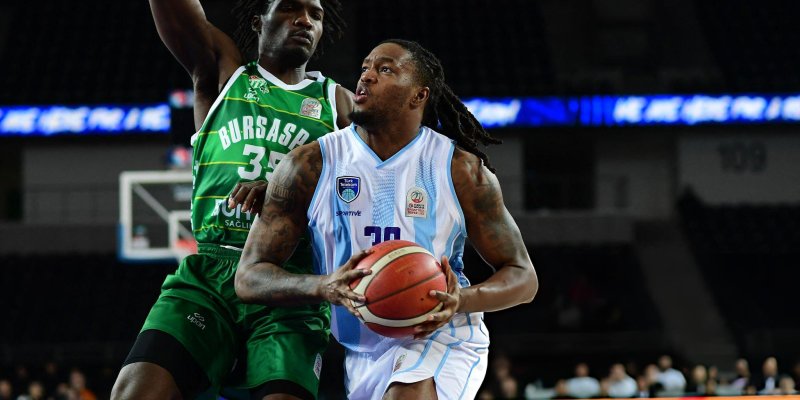
The Lakers veteran, wearing his signature smile, staged a mini performance about money: by his account, there’s “a couple thousand and a room key” in his wallet, the watch on his wrist is a gift, and the ones supporting him are… his kids. The irony is that public search suggestions paint a completely different picture — billions. The contrast between the joke and the numbers reignited an old theme: how much NBA superstars really “are worth,” and where those valuations come from.
Sarcasm on Camera
LeBron James, without any pomp, deflated his own “Forbes-like” image: supposedly, Google lies and his bank account is modest. “I’m broke,” he stresses, adding that everything he’s wearing is a gift. The punchline lands with a family twist: now, LeBron jokes, he’s “supported” by his kids — thanks to sponsorship agreements under NIL (name, image and likeness).
Numbers That Don’t Add Up

The official career ledger speaks for itself: over 22 NBA seasons, the 40-year-old forward earned more than $580 million from club contracts. At the same time, a simple search for “LeBron’s net worth” shows a figure around $1.2 billion. Naturally, audiences ask: where’s the line between cash, long-term assets, and the valuation figures that media and algorithms love to cite?
'Now the Kids Pay': The NIL Effect
The joke about “kids-as-sponsors” is also a pass into sport’s new era. NIL deals have turned young athletes into standalone media brands long before the draft, and the James family is one of the most-discussed cases. The subtext: basketball’s money flows no longer start and end with an NBA salary.
Reading Between the Lines

James’s one-liners aren’t an auditor’s report; they’re a reminder that an online “net worth” is an aggregate of valuations, rumors, and forecasts, where liquidity is often confused with the capitalization of a name. LeBron plays with the billionaire image while pointing to the gap between the numbers on a screen and the reality of day-to-day spending. His witty aside — and our inexhaustible curiosity about other people’s money — lives precisely in that contrast.








